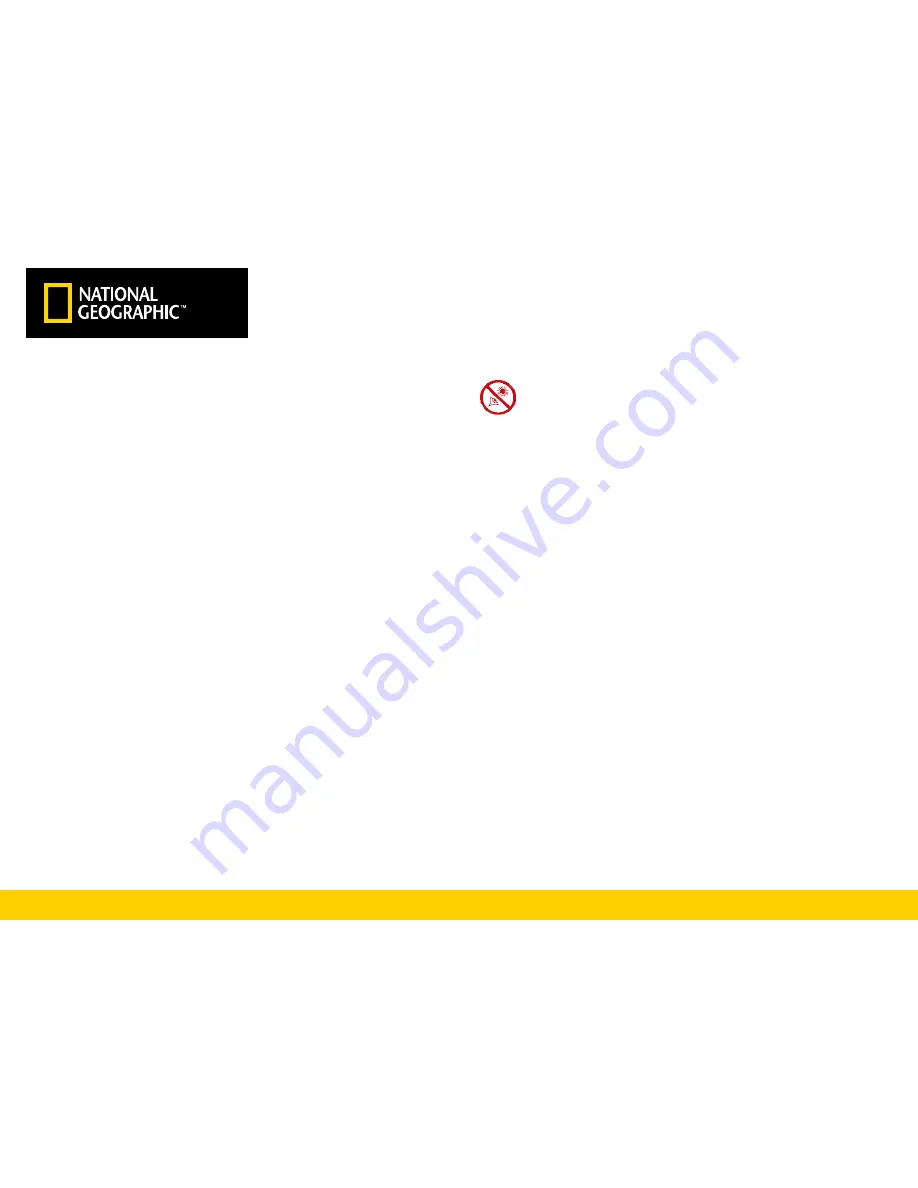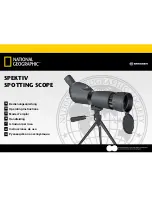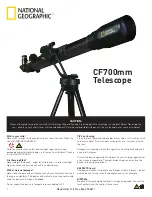
10
Controls
• Focus:
Look into the eyepiece (1) and rotate the focus wheel (3)
in either direction to focus on an object. Keep turning the
wheel until you can see the image clearly.
• Zoom:
Rotate the zoom control (2) to zoom in or out on an object;
then use the focus knob (3) to refocus.
• Moving the main tube:
This spotting scope has a main tube clamp (6) and fastening
screw (7). Turn the screw (7) anticlockwise to unfasten the
main tube clamp. You can then turn the entire main tube (4)
about its own axis to vary the eyepiece (1) position.
To fasten the main tube in the desired position, turn the fas-
tening screw (7) clockwise.
• Indoor versus outdoor:
Although you may casually observe through an open or
closed window, observing outdoors ensures optimal viewing
conditions. Temperature differences between indoor and
outdoor air and the low quality of window glass can blur im-
ages seen through the spotting scope.
• Sun shield:
Extend the sun shield (8) when strong sunshine af-
fects your visibility. Put your hand around the spot-
ting scope aperture ring and simply push the shield
out. But you should never look at or near the sun! To find out
more, read the warnings in this manual.
Observing land objects
When viewing objects on land, you will be observing through
air with varying levels of refractivity due to varying air tem-
peratures. This phenomenon causes things to look wavy,
causing a loss of image quality. You may have noticed this
phenomenon when driving down a highway on a hot day.
If this optical phenomenon interferes with your viewing, try
focusing at low power to see a steadier, higher-quality im-
age. Also, try observing in the early morning, when air tem-
perature is relatively uniform.
Содержание National Geographic 20-60x60
Страница 3: ...1 j 1 1 B C d G E g 1 1 F J i i d 1 1 C h g...
Страница 28: ...28...
Страница 29: ...29 ES DE EN FR NL IT RU 1 2 3 4 5 6 7 8 9 10 11 12 13 14 15 11 5 9 10 13 12 13...
Страница 30: ...30 1 3 2 3 1 7 6 4 7 8...
Страница 31: ...31 ES DE EN FR NL IT RU...
































